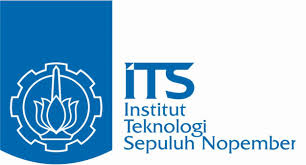记忆方法
为了记忆“its”,可以采用以下简单记忆方法:
将“its”与“it’s”区分开来,记住“its”是名词性物主代词,表示某物的归属。可以想象一个“it”(一个物品)有它的“sister”或“friend”(另一个物品),用“its”来表示它们之间的关系,如“the book *its* cover”(这本书的封面)。这样通过关联一个实际的场景,就可以帮助记忆“its”的意思和用法。
将“its”与“it’s”区分开来,记住“its”是名词性物主代词,表示某物的归属。可以想象一个“it”(一个物品)有它的“sister”或“friend”(另一个物品),用“its”来表示它们之间的关系,如“the book *its* cover”(这本书的封面)。这样通过关联一个实际的场景,就可以帮助记忆“its”的意思和用法。
以上内容由AI生成, 仅供参考和借鉴
英语词源
- its
- neuter possessive pronoun; the modern word begins to appear in writing at the end of 16c., from it + genitive/possessive ending 's (q.v.), and "at first commonly written it's, a spelling retained by some to the beginning of the 19c." [OED]. The apostrophe came to be omitted, perhaps because it's already was established as a contraction of it is, or by general habit of omitting apostrophes in personal pronouns (hers, yours, theirs, etc.).
The neuter genitive pronoun in Middle English was his, but the clash between grammatical gender and sexual gender, or else the application of the word to both human and non-human subjects, evidently made users uncomfortable. Restriction of his to the masculine and avoidance of it as a neuter pronoun is evidenced in Middle English, and of it and thereof (as in KJV) were used for the neuter possessive. Also, from c. 1300, simple it was used as a neuter possessive pronoun. But in literary use, his as a neuter pronoun continued into the 17c.
权威例句
- 1. Generosity is its own form of power.
- 别低估了慷慨的力量。
- 2. The council recently drew fire for its intervention in the dispute.
- 委员会最近因为介入该起争端而遭到批评。
- 3. "Kathleen" was, as its 1892 subtitle asserted, "An Irish Drama".
- 正如1892年剧本的副标题所强调的,《凯瑟琳》是一部“爱尔兰戏剧”。
- 4. The club has moved its meeting to Saturday, January 22nd.
- 俱乐部已经把会议日期改到1月22号,星期六。
- 5. Dense smoke swirled and billowed, its rank fumes choking her.
- 滚滚浓烟盘旋翻腾,恶臭味呛得她喘不过气来。
